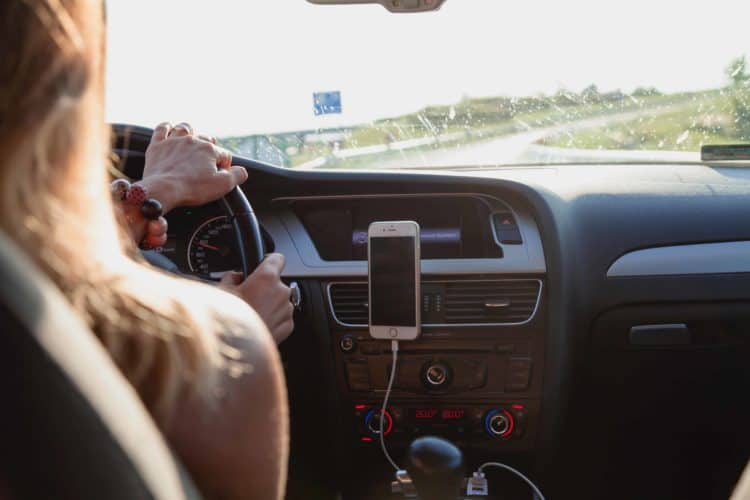The Internet of Things (IoT) is rapidly changing how we live. This is particularly true of the automobile industry, which is where some of the biggest innovations are being developed and implemented. So with that in mind, here are five of the biggest ways the IoT is transforming the automotive industry and our roads:
It will change the way people drive
The Independent points out that by 2030 the standard car will have evolved from merely assisting drivers to fully taking control. Apart from widespread automation, cars will become more integrated through IoT technology. Integrated cars with sensors will be able to recognise and communicate with upgraded road signs, markings, and through a network of cameras. The vehicles will also be able to do tasks for drivers. Juniper Research revealed that the majority of automobile IoT payments by 2021 will be for tolls and fuel, which means drivers will no longer have to bring cash. Vehicles could even pay for their own insurance.
It can improve road safety
The IoT can also be used to make roads safer through alerts that detect accidents and even bad driving. IoT Now reports that there are already devices that automatically detect collisions and immediately contact emergency services with the location. The same technology can also provide a report to the vehicle’s manufacturer so they can make any improvements.
The majority of accidents on the road are down to human error, and these could be reduced through IoT technology. This is because it can be used to monitor driving habits and send recommendations to the driver. Fleet companies in the UK have already been taking advantage of this technology in order to improve the standard of driving of their employees. Verizon Connect UK explains how operators can use GPS trackers to track braking, idling, and speeding habits. If fleet drivers are constantly exhibiting bad habits, an alert can automatically be sent to inform them. While this is currently gaining ground in commercial companies, it won’t be long before more personal vehicles start alerting drivers to poor driving. As more vehicles shift to become autonomous, the more data will be used to improve the driving habits of those on the road, which in turn will reduce accidents.
It can help solve traffic congestion in cities
The IoT can be used for swarm intelligence in traffic, which allows traffic operators to coordinate cars in order to reduce congestion. They can see where common chokepoints are, and identify the time of day when roads are busiest. This information can help engineers and road experts devise plans that can alleviate traffic conditions.
It can help reduce pollution and energy expenditure
IoT data can reveal a lot of information about city roads, which can be used to create greener solutions. IT Pro Portal cites Singapore as one of the best examples, as the city aggressively implements congestion charges, not to mention their intent focus on investing in road sensors, phased traffic lights, and smart parking. These IoT-driven tools have helped them reduce the city's toxic gas emissions. In Jamshedpur, India, 300 IoT connected streetlights are used to track movement on a road to determine when the light is needed. This saves on unnecessary electricity consumption.
It will lead to better roads
With the Internet of Things, state and local departments are able to build roads that can help detect road maintenance needs, traffic usage, and accident statistics in a matter of seconds. This will ensure that roads are not left in a poor condition for extended periods of time. In the future IoT technology will also allow engineers to turn roads into energy sources by using solar energy to power electric vehicles. This will further increase the chances of electric vehicles becoming the norm.
About the author: Patrice Grayson is a car enthusiast who spends her time writing about the latest innovations that are shaping the automobile industry. Her goal as a blogger is provide informative articles that will break down the latest developments for her readers. In her free time she likes to go on long drives with her friends.



